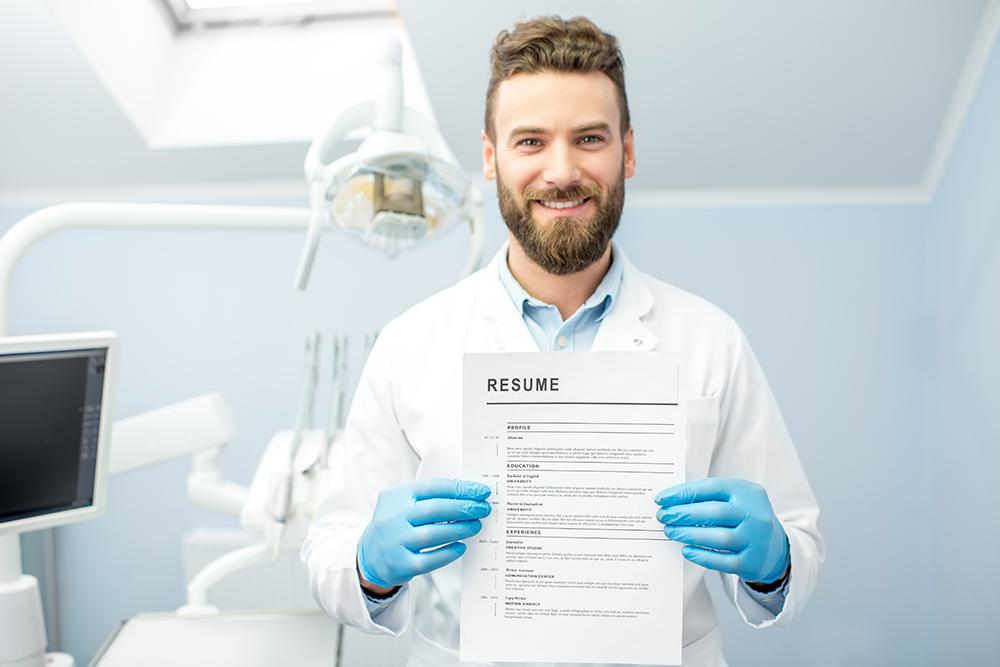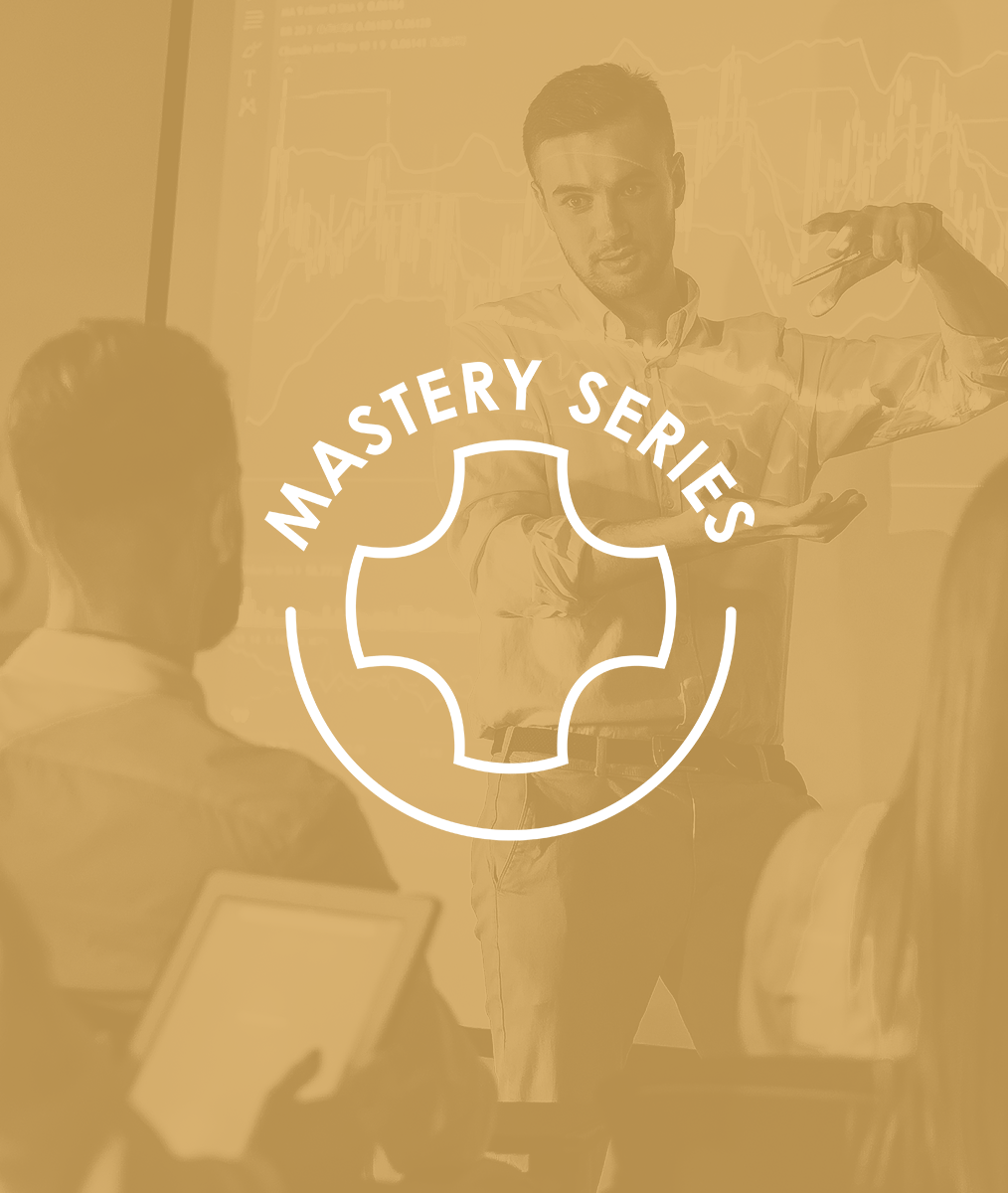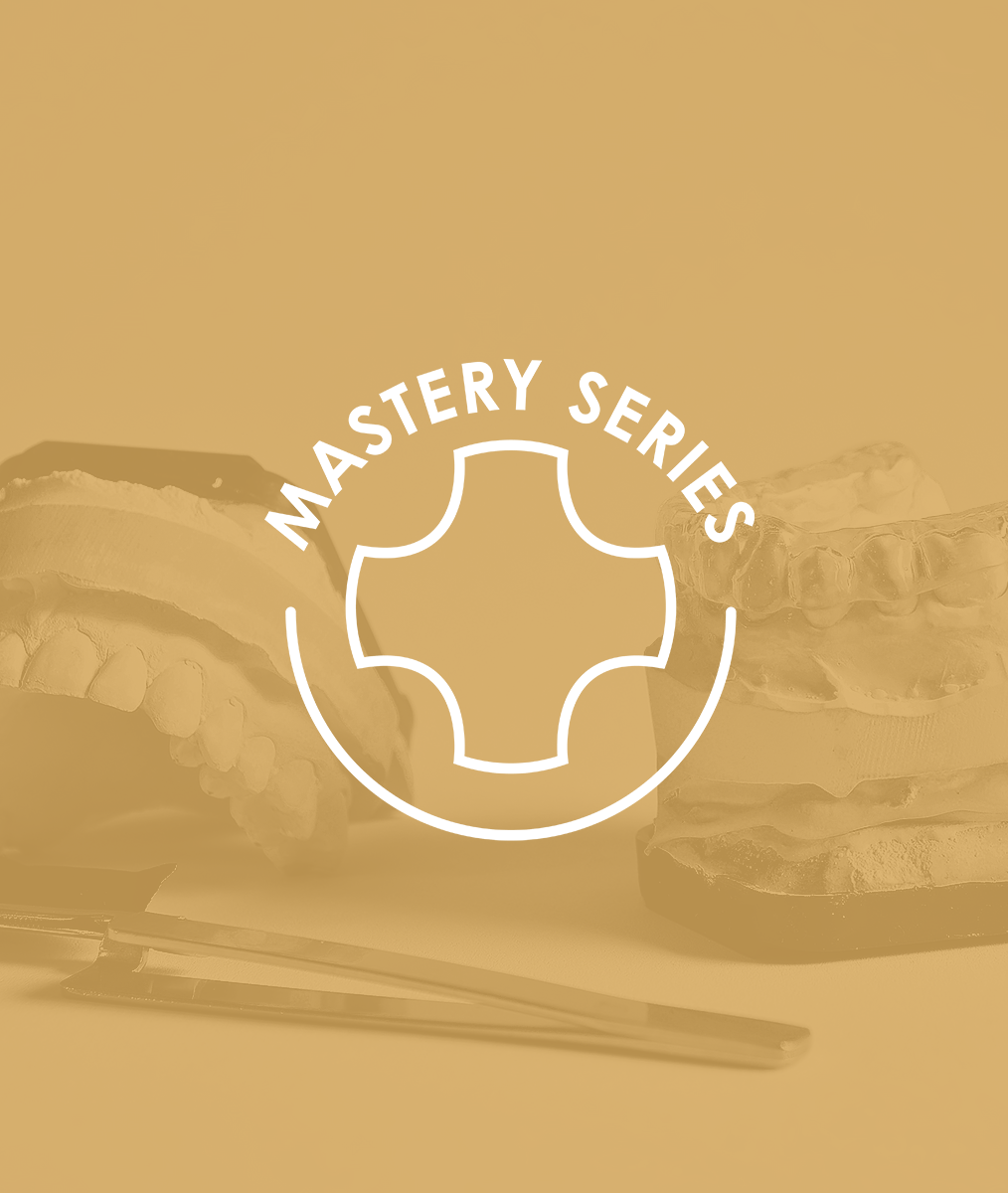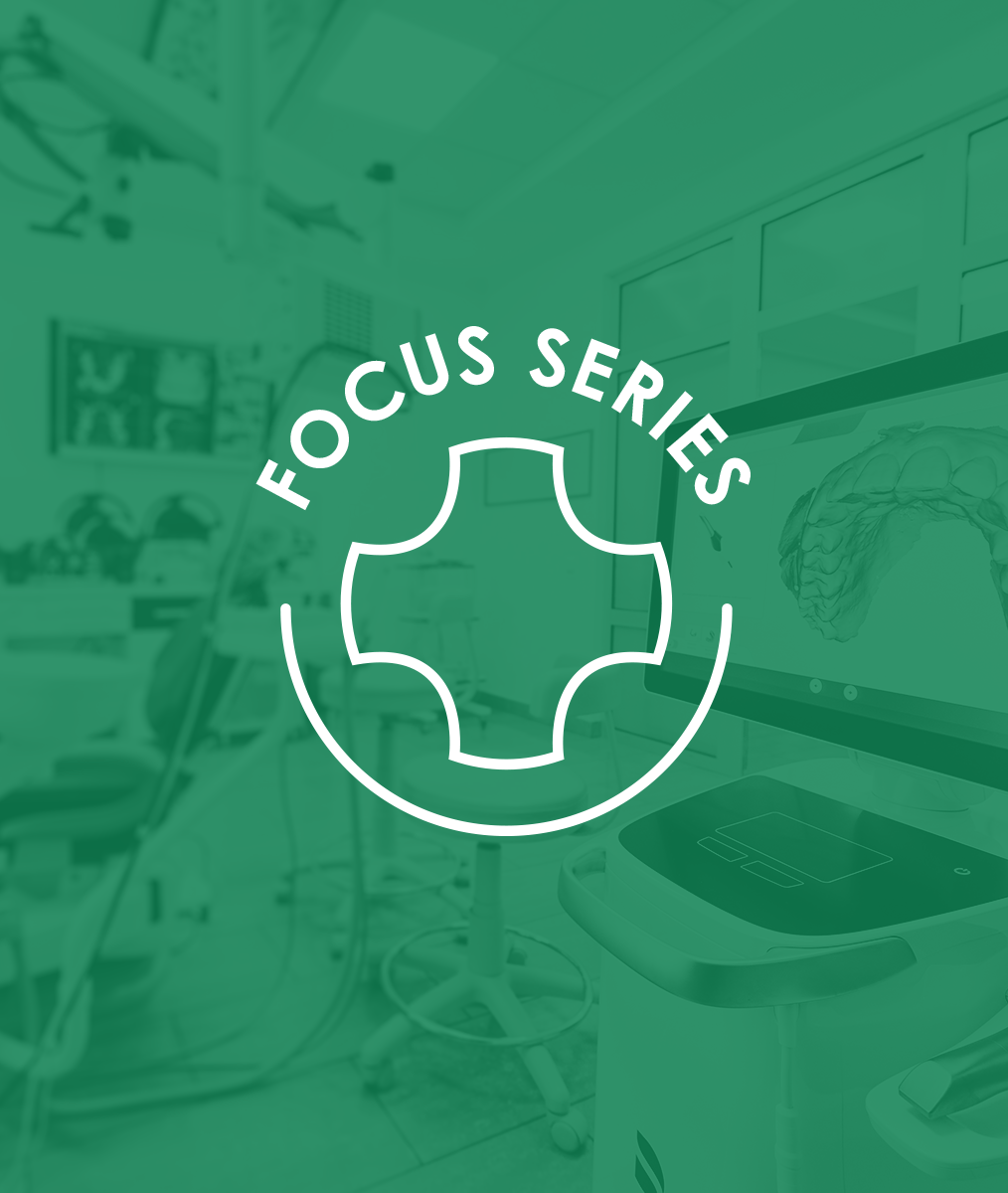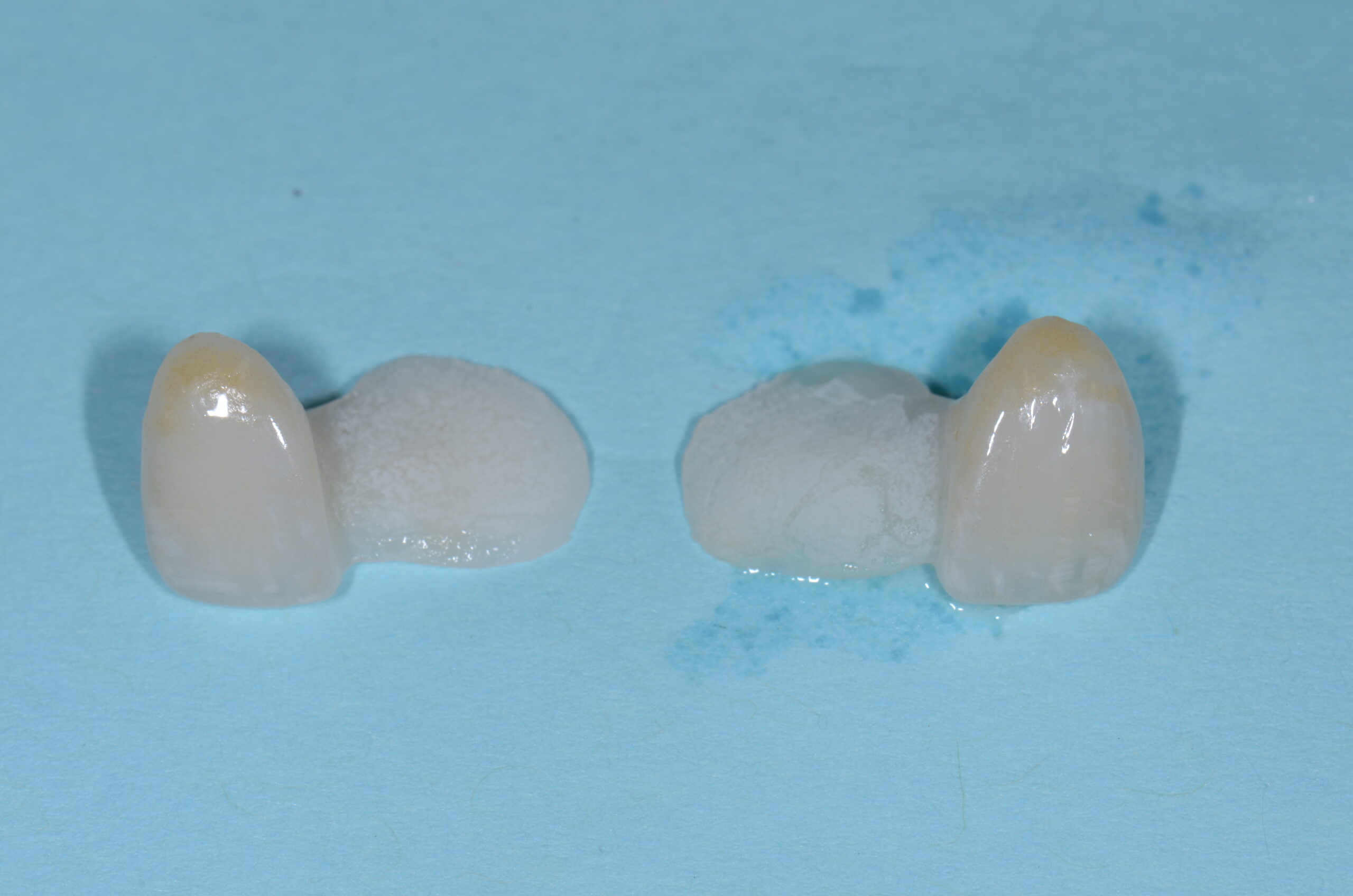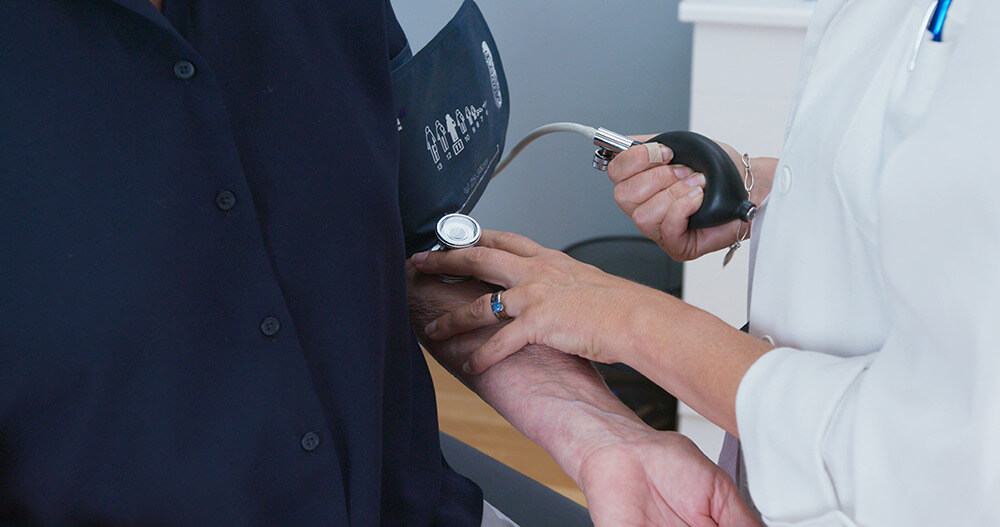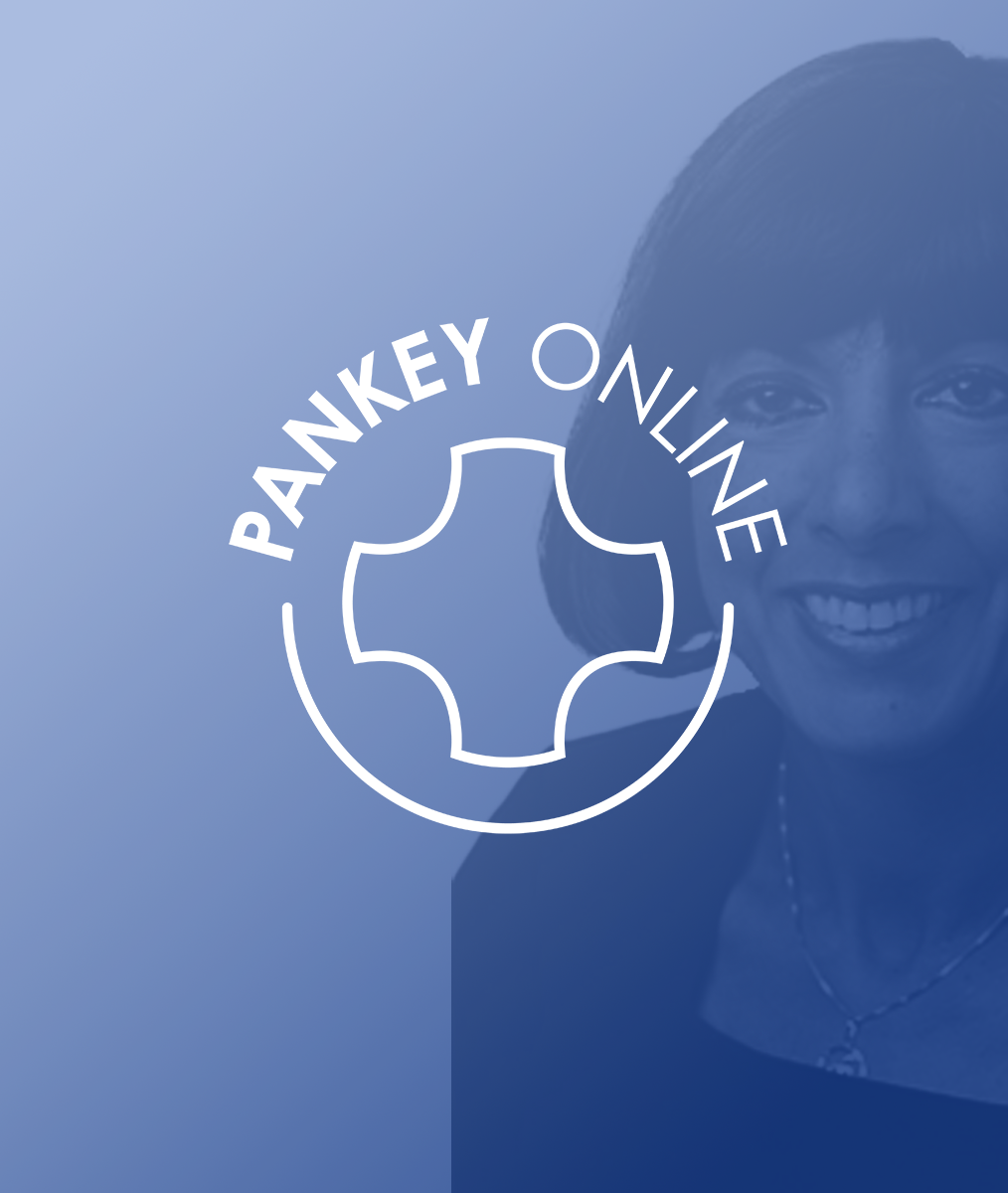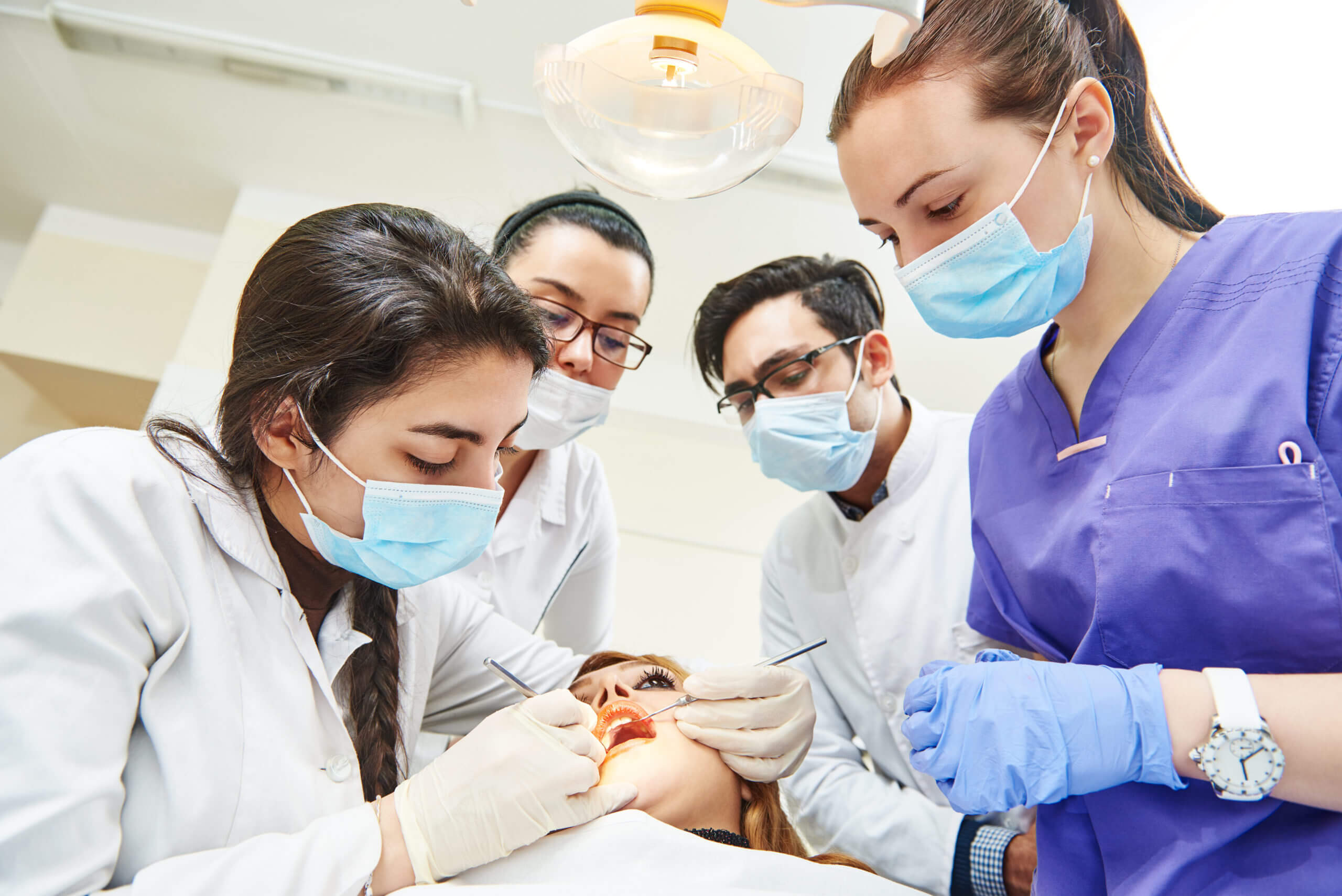Culture Fit Versus Culture Add
Culture Fit Versus Culture Add
Robyn Reis, Dental Practice Coach
When you are hiring team members, you are likely thinking about how those you interview will fit into your practice culture. Do their values align with yours? Do you share similar backgrounds and philosophies? A business’s culture is a system of shared values, beliefs, and behaviors that influence how people dress, act, and perform their roles. Most practice owners work hard to have everyone get along, support one another, and work as a team to give every patient a wonderful experience. So, it’s only natural to want to find someone who fits into that culture when a position opens up.
In the HR world, recruiters have a different approach – they are moving away from “culture fit” towards “culture add.” What does this mean exactly? A great mentor of mine, Sheri Kay, says it best, “People come together in their similarities, but they grow together in their differences.”
On the pages of Harvard Business Review, Forbes Magazine, Fast Company, Inc., and Entrepreneur, you will read that more and more companies are moving away from the traditional culture fit that creates a monoculture where everybody has shared similarities and there is no growth. Instead, they are recreating a culture that is open to new ideas, open to conversations where people poke holes in traditional ideas and say, “Hey, what if we did this? This is what we think we want to do. Now let’s figure out why it will or will not work.”
In recruiting a hygienist for a client, one of the candidates stood out to me. In addition to her clinical hygiene education, she also had a financial background which represented a “culture add” for this particular practice. She had a greater understanding of goal setting, the finances of the business, and how to create a profitable hygiene department. She ended up being a fantastic and productive member of their team.
When you are in the hiring process, do you think about adding to your culture? Diverse backgrounds correlate with more diverse problem-solving and decision-making processes. In studied corporations, diversity leads to increased profitability.
In dentistry, diverse backgrounds can lead to the attraction and retention of diverse patients. Diverse backgrounds can fill in operational holes in your business model. Does a candidate have a background in psychology, finance, education, customer service, computer IT, office administration in another industry, or marketing? Does a candidate speak a second language that will be an asset in your community? Is a candidate artistic, an exceptional writer, a community volunteer, or actively participating in other activities?
During each interview, seek to learn what the candidate could add to your practice culture in addition to culture fit. After talking about a candidate’s resume and interests, talk about situations that occur in the practice and current needs. Ask if the candidate has ever been in similar situations and how they handled them. Do the answers indicate personality traits and strengths that will add to (complement) the team? Ask the open question, “Based on your personal experience, what insights could you add to this situation?”
In today’s competitive market for talented team members, consider what a new hire with additional skills could add to your culture and what these new contribution possibilities could be for an amazing patient and team experience. Happy hiring!
Related Course
Mastering Dental Photography: From Start to Finish
DATE: October 29 2026 @ 8:00 am - October 31 2026 @ 12:00 pmLocation: The Pankey Institute
CE HOURS: 19
Regular Tuition: $ 2995
Single Occupancy with Ensuite Private Bath (per night): $ 355
Dental photography is an indispensable tool for a high level practice. We will review camera set-up and what settings to use for each photo. All photos from diagnostic series, portraits,…
Learn More>










